This Neo-Classical Comfort Station Has Been Welcoming Visitors to Fort Greene Park Since 1905
It’s a classically inspired little temple, with high clerestory windows, and a series of classical columns flanking the entrances.

Editor’s note: This story is an update of one that ran in 2013. Read the original here.
Fort Greene Park, originally called Washington Park, is Brooklyn’s first public park.
The land, which rises above Wallabout Bay, was an important defensive location during the Revolutionary War, and was the site of Fort Putnam. The commander of the fort, Major General Nathaniel Greene, and his engineer, Rufus Putnam, built a star-shaped earthen defense point at the top of the hill, which was mounted with four or five cannon. The fort had a well and provisions, and a ditch was dug around it further isolating it from attack. Just to be sure, the forest around the fort was cut down, and pointed tree trunks and limbs bristled outward from the clearing, creating a formidable barrier. It didn’t do any good.
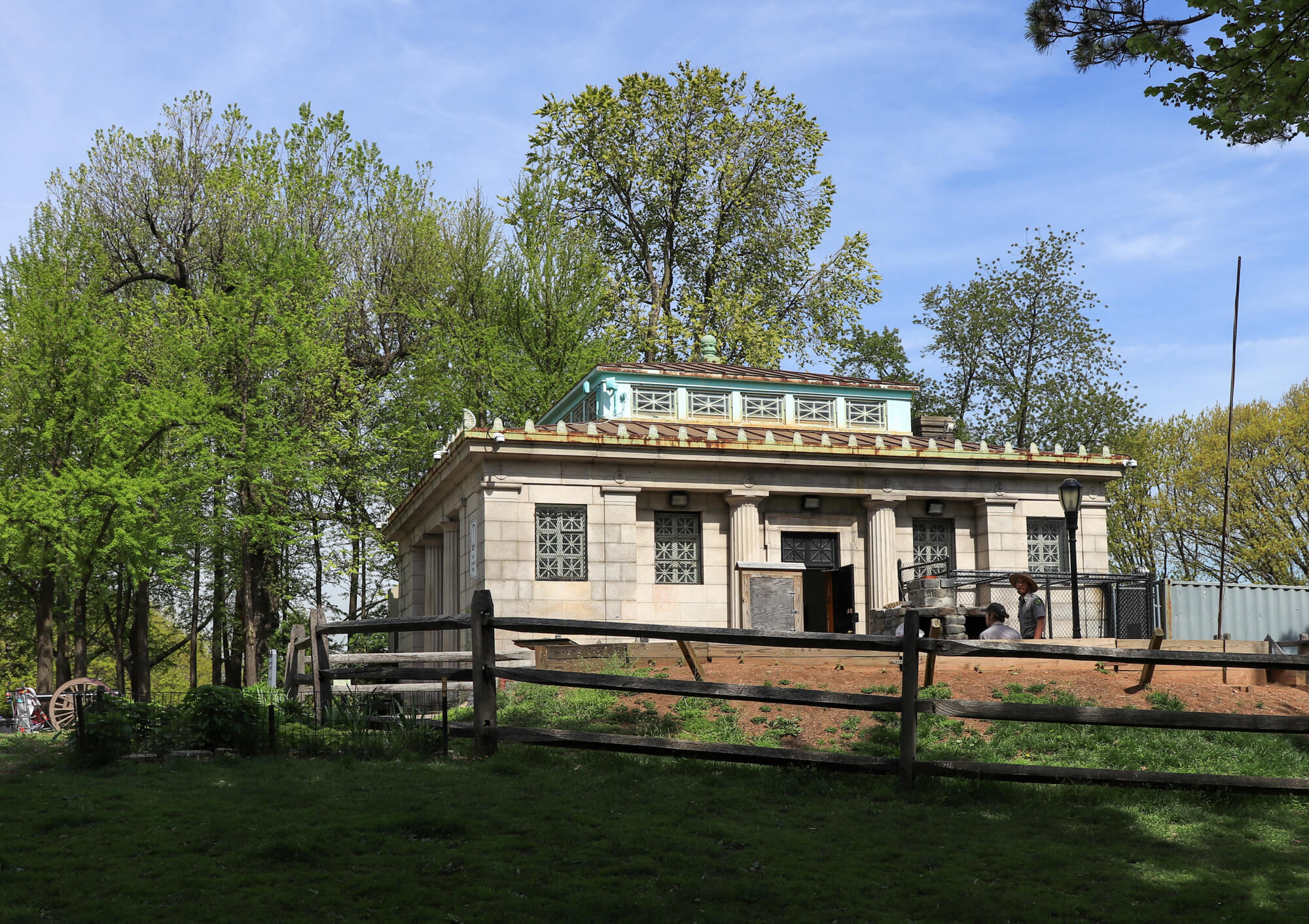
In 1776, the British forces came up from the south, up the poorly defended Jamaica Pass, and lay siege to the American fortifications. The Battle of Brooklyn had begun. As fighting intensified in Gowanus, Park Slope, and Fort Putnam, Washington realized that they could not win, and retreated with his men across the East River and eventually to safety in New Jersey. The British destroyed Fort Putnam, and other American defensive positions, and occupied Brooklyn and Manhattan for the rest of the war. The first large battle of the Revolutionary War was over and lost.
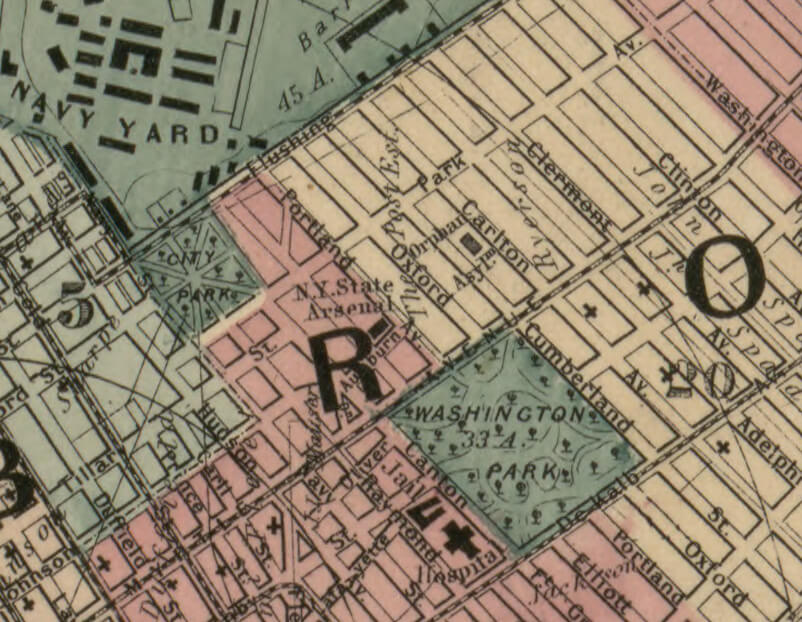
Following their victory in Long Island, Brooklyn, and New York, the British soon had hundreds of prisoners, a number that grew with each battle or campaign. They filled the jails, and then began putting people in warehouses, churches, and anywhere they could. At last, someone had the idea to put all of the prisoners on ships docked off Wallabout Bay. They were crowded onto these ships which soon became horrific and squalid places of disease, filth, starvation and misery. 11,500 men and women died, and their bodies were buried in shallow graves on shore, near today’s Navy Yard.
In 1808, the remains of the prisoners were dug up and transferred to a tomb near the Navy Yard. The old Fort Putnam was rebuilt, now named Fort Greene, after Major General Greene, who had gone on to become one of Washington’s most trusted and valuable generals in the war. What would become the War of 1812 was looming, and a defensive fort was needed in this strategic location, just in case. It proved to be unnecessary, as the course of the war went in a different direction.
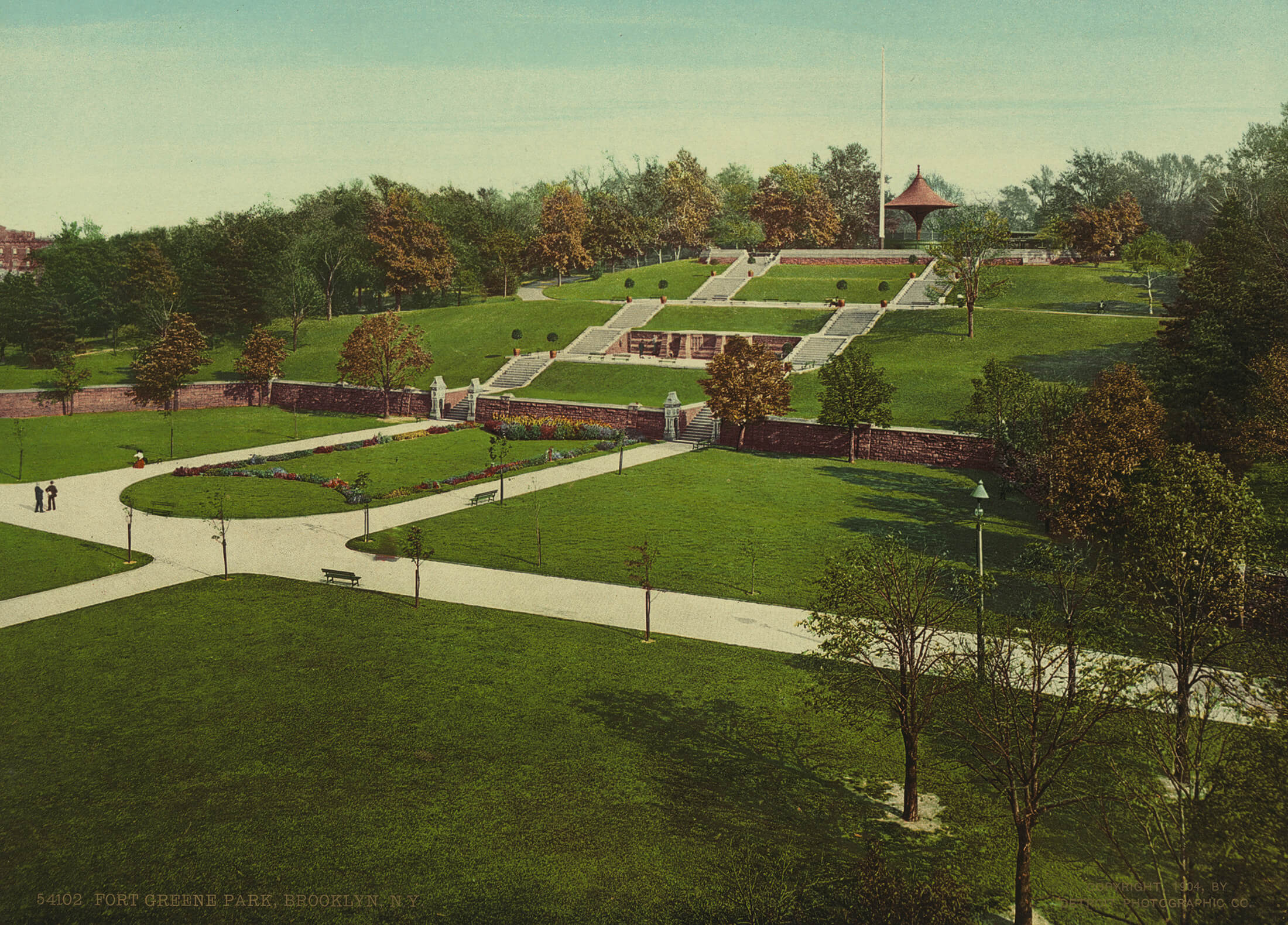
Fort Greene and the meadows surrounding it became a pleasant recreation place for the people in the newly growing communities of Fort Greene and Wallabout. In 1845, the city of Brooklyn made the old fort site a public park. Poet and newspaperman Walt Whitman rallied for the creation of a real park on the site, writing as the editor of the Brooklyn Eagle, he rallied support for the park, calling it “a place of recreation . . . where, on hot summer evenings, and Sundays, they can spend a few grateful hours in the enjoyment of wholesome rest and fresh air.” In 1847, the legislature voted buying the fort and surrounding land for Washington Park. The measure passed, and landscaping and improvements were completed in 1850.
In 1867, Frederick Law Olmsted and Calvert Vaux were hired to design an improved park, which would include a large vault and memorial for the remains of the prison ship martyrs. The pair designed a series of walkways which culminated at the top of the hill, where a trellised walk shaded visitors. New plantings were installed, and the park was very ordered. It was renamed Fort Greene Park in 1897, the year before Brooklyn became part of greater New York City.
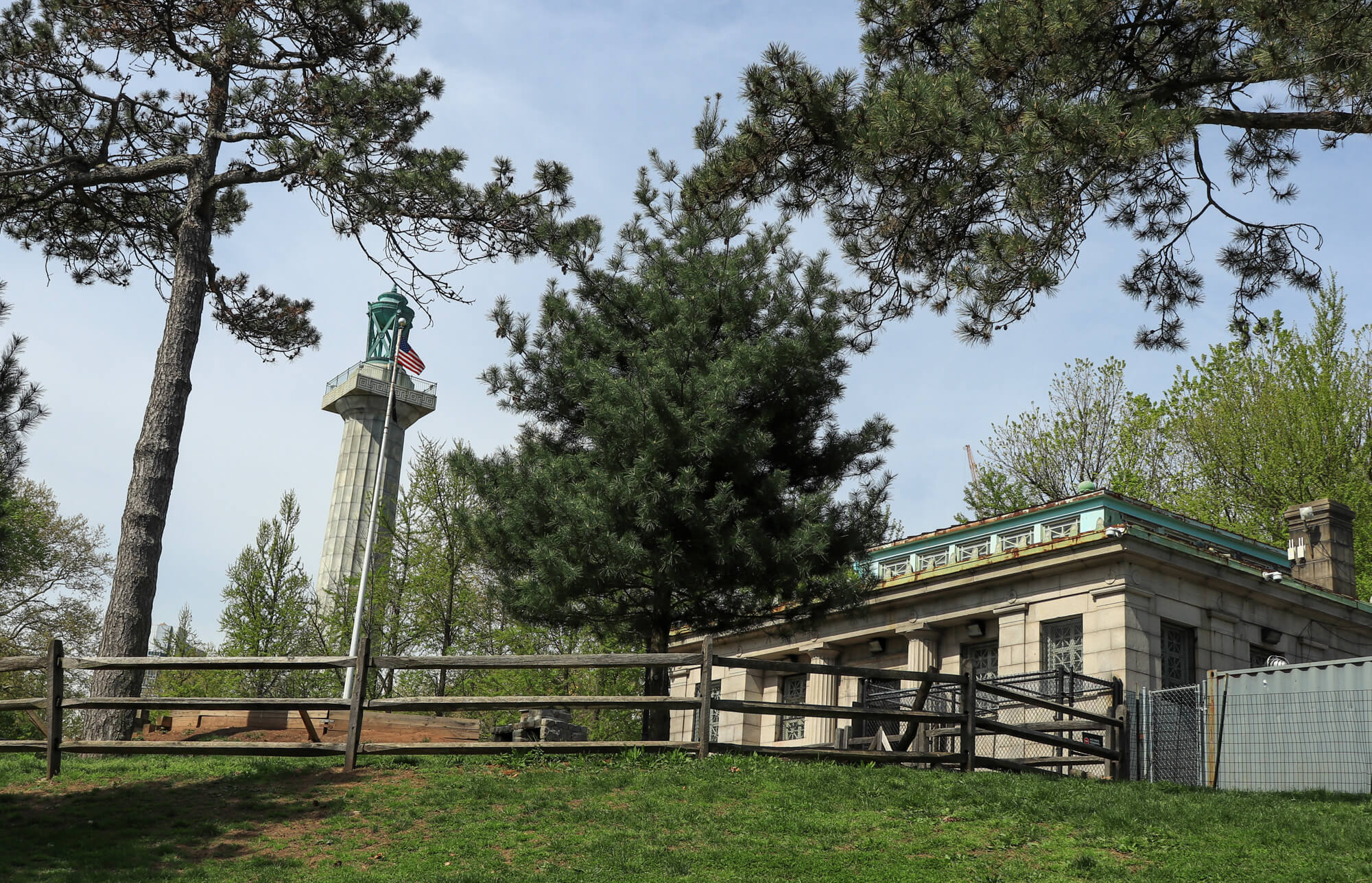
In 1905, the prestigious firm of McKim, Mead & White was commissioned to create a permanent monument to the prison ship dead. Stanford White designed a new entrance to the crypt, with a wide stairway that led to a plaza at the top of the hill. There he built a lone Doric column with a bronze lantern at its crown. President-elect William Howard Taft was on hand for the dedication of the Prison Ship Martyrs Monument in 1908.
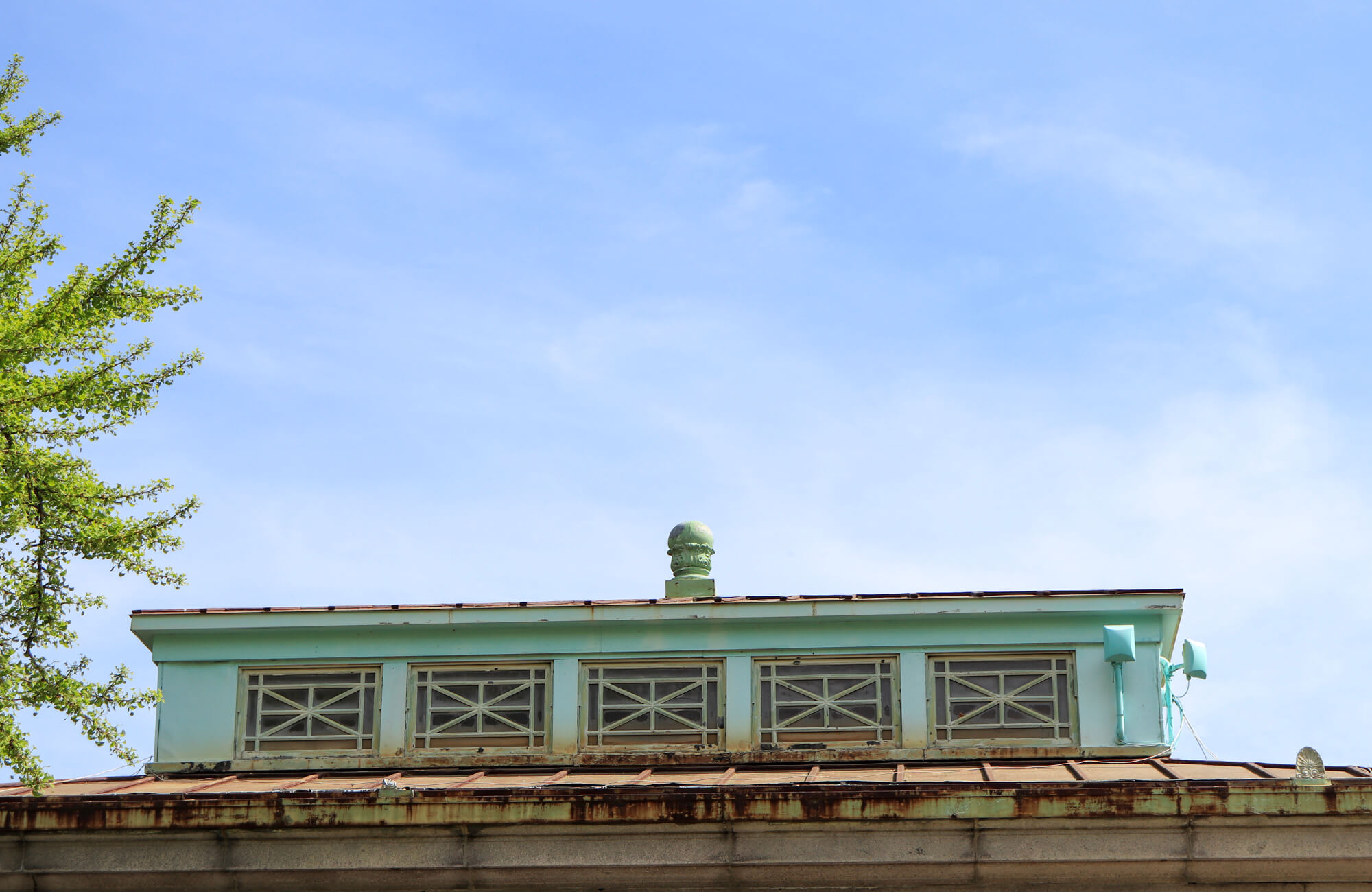
The comfort station was built at the same time, a classically inspired little temple itself, with high clerestory windows, and a series of classical columns flanking the entrances. Over the years the park received two large renovations. The first was in the 1930s, when Parks architect Gilmore D. Clarke added more formal walkways and planting beds, and created the recreation areas and remodeled the playgrounds.
Like all of New York City’s parks, Fort Greene Park was basically abandoned to fend for itself in the 1960s and ‘70s, and became known as a dangerous place to be. The park’s infrastructures were also neglected, but in 1995, a multi-million dollar capital reconstruction program was initiated, and the park was brought into the future, with a total rehab of the park and its systems.
More recently, a controversial plan to remake some of park has been winding its way through the courts.
During the 1995 makeover, the old comfort station, which had been turned into a maintenance shed, was transformed into a visitor’s center, where people could learn about Fort Greene’s role in the Revolutionary War, and about the brave Americans who died defending their new nation. Today, Fort Greene Park is once again a favorite spot for “wholesome rest and fresh air.”
[Photos by Susan De Vries unless otherwise noted]
Related Stories
- Fort Greene Residents Win Right to Read Parks Report Before Controversial Redesign
- Here’s How the Parks Department Wants to Transform Fort Greene Park
- Visiting Brooklyn’s Revolutionary War Sites: Old Stone House, Fort Greene Park, and More
Email tips@brownstoner.com with further comments, questions or tips. Follow Brownstoner on Twitter and Instagram, and like us on Facebook.

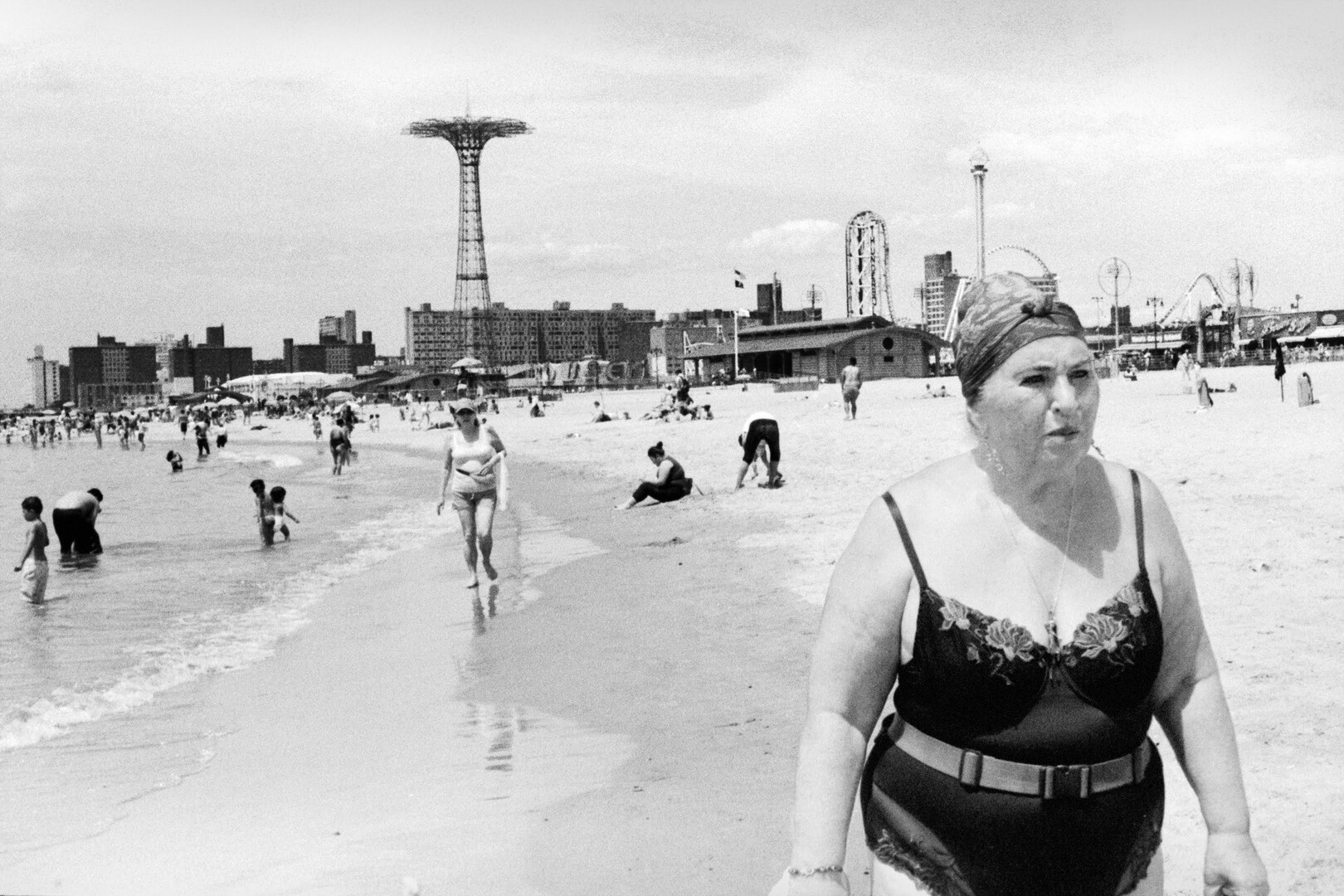
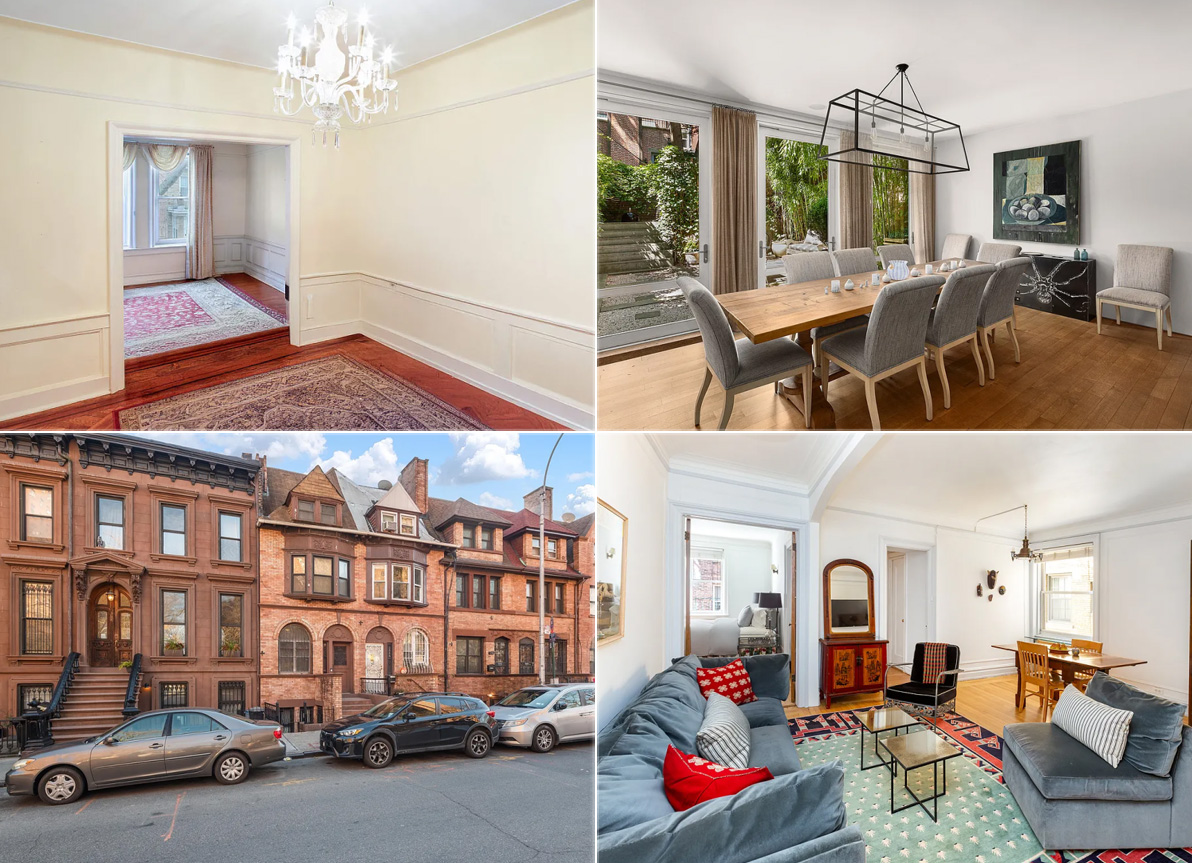
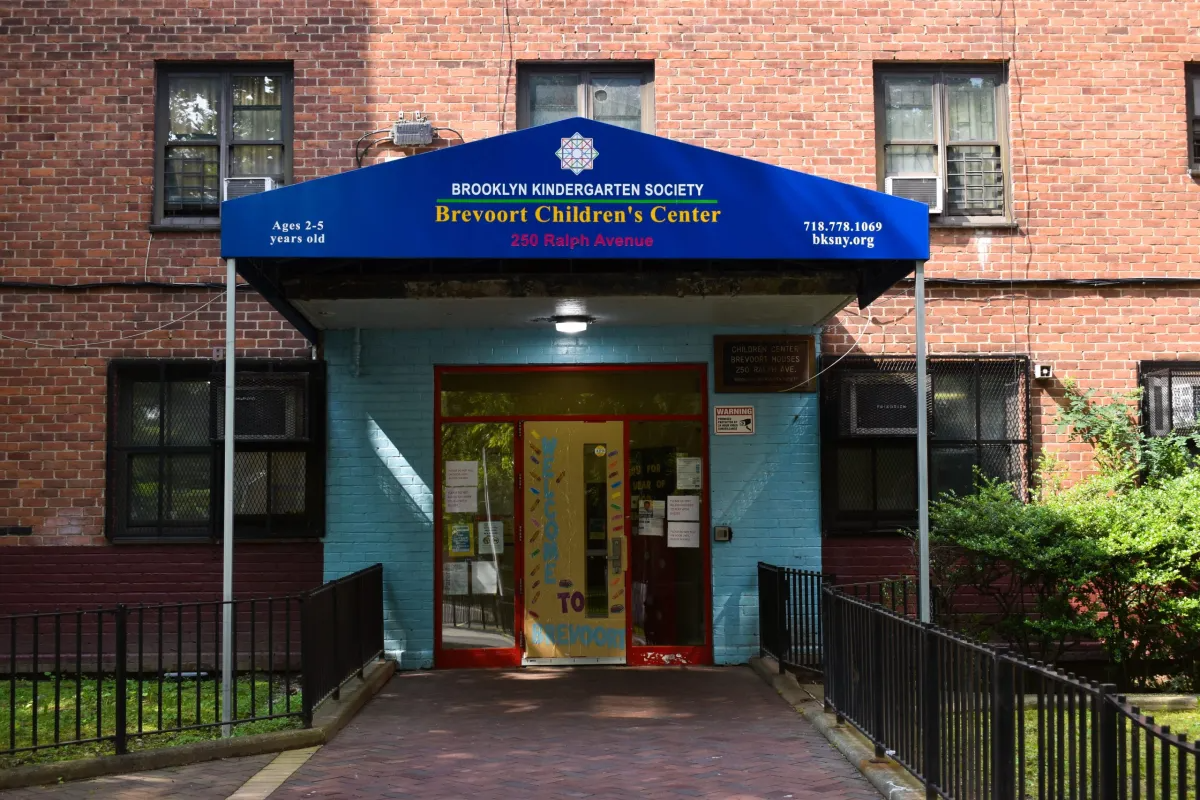
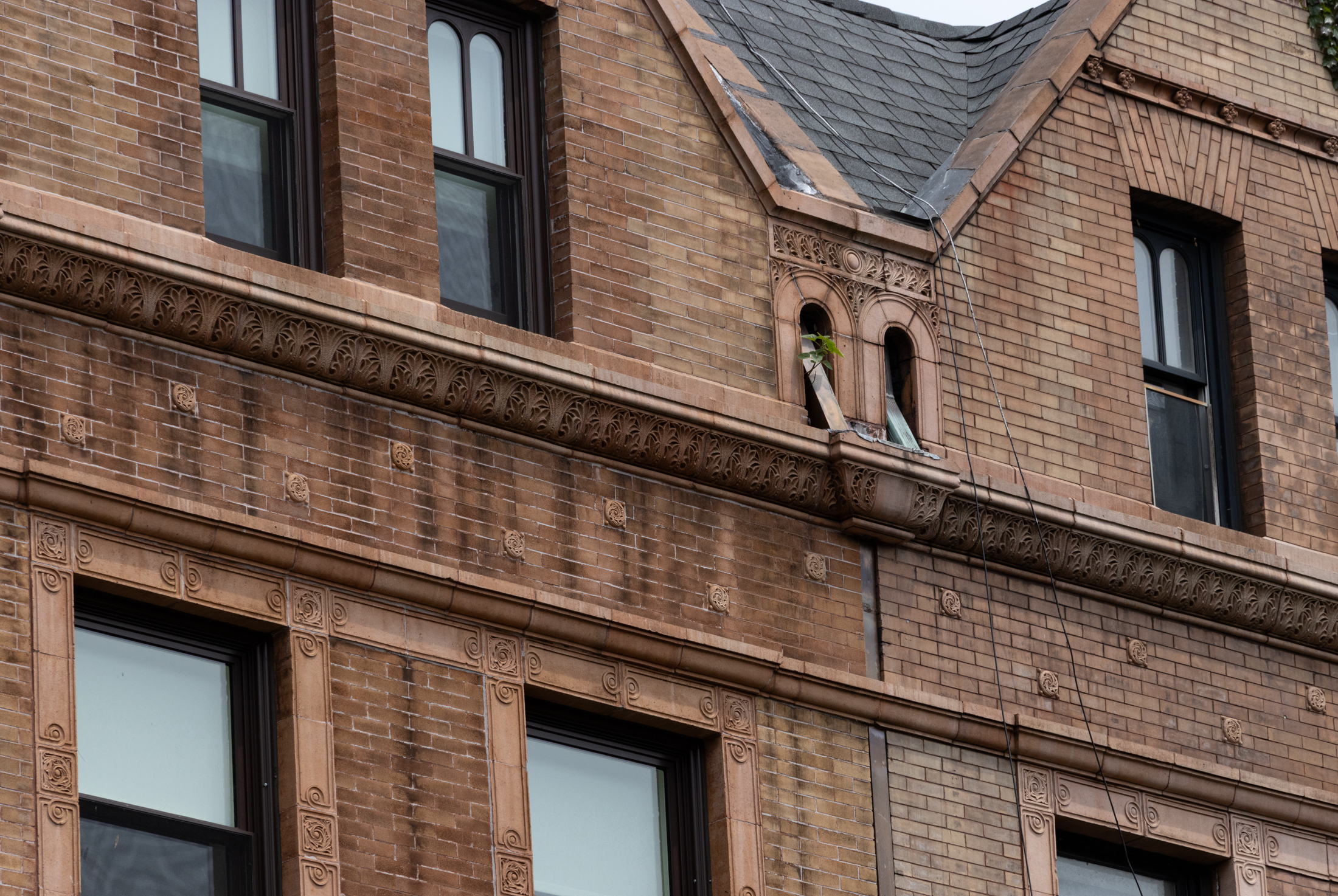
What's Your Take? Leave a Comment